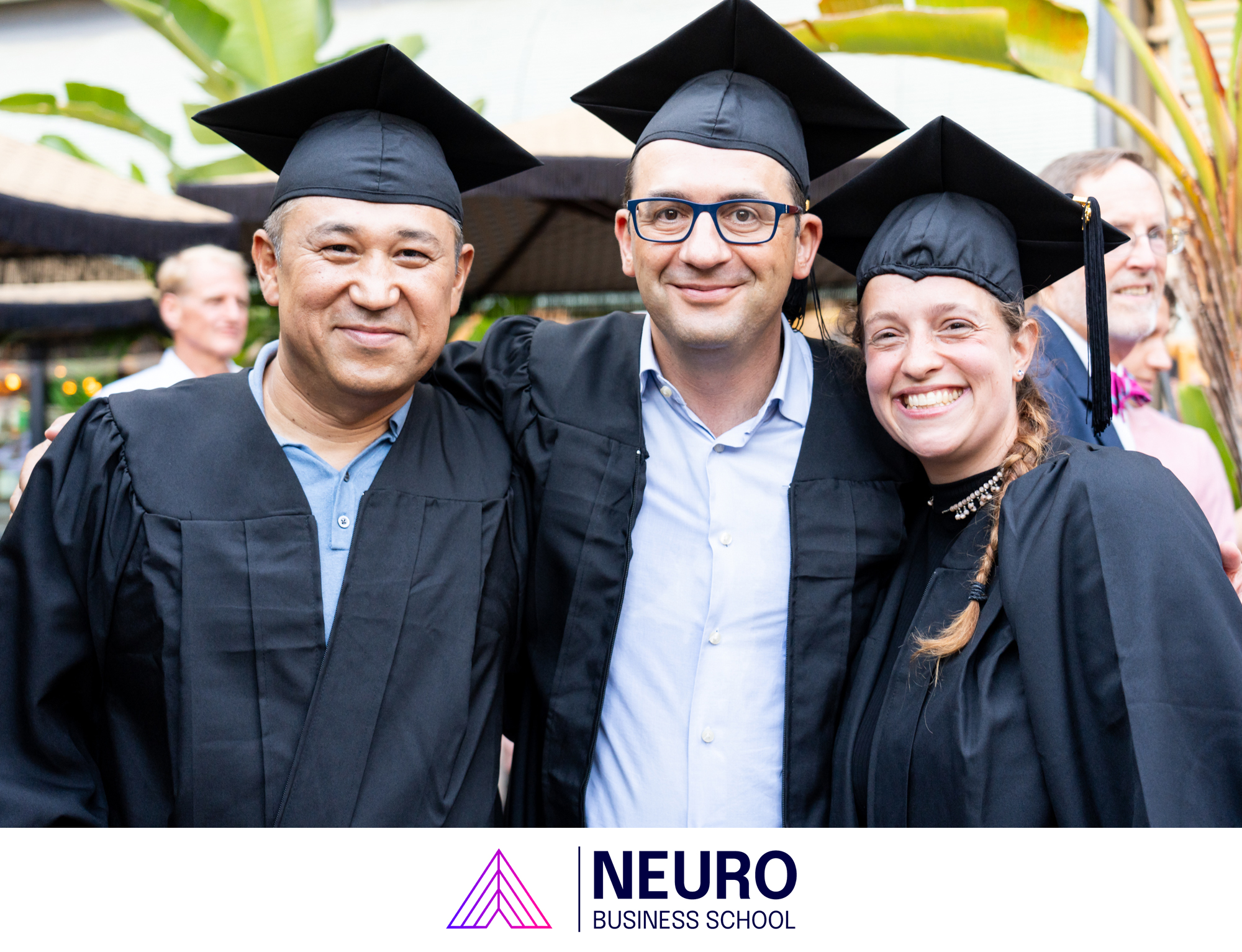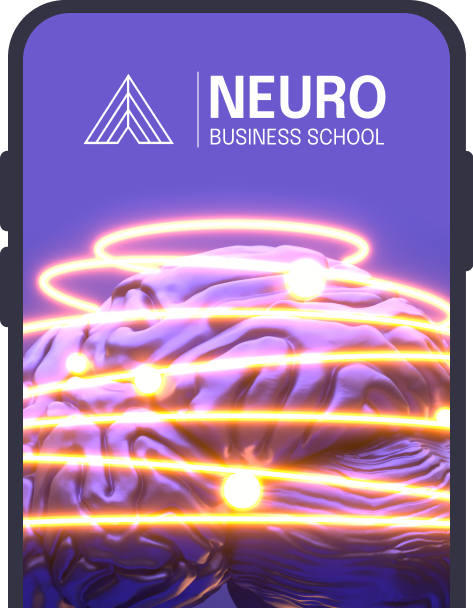You may not know it, but kinesthetic neuromarketing stores sensations on your skin and in your memory that you later associate with brands, even if you don’t remember the exact moment of contact.
How is it possible that touching a velvet dress raises your dopamine levels as if you were in front of that friend you feel comfortable with? Today we’ll answer questions like these and how this type of neuromarketing is used by companies that transform “touching” into “buying.”
Keep reading!
What is kinesthetic neuromarketing?
Have you ever smelled or tasted something that took you back to that special moment in your childhood? That’s because your brain stores memories of smells and physical sensations, and kinesthetic neuromarketing studies how touch, taste, or scent guide our purchasing decisions.
While other types of neuromarketing focus on visual or auditory stimuli, this one focuses on the body and how to leverage tactile memory and physical responses to create a strong bond with the brand.
What are the characteristics of kinesthetic neuromarketing?
From the soft texture of a package to the sound an app makes, every marketing element is designed to trigger emotional reactions in the consumer.
Read on to discover which elements make the body respond and act before the rational mind.
Sensibilidad al tacto y texturas
This feature is widely used in packaging and leverages the response of the somatosensory system, as the more pleasant the texture of a product, the greater the activation of the brain’s reward zones.
We’ll give you clear examples of kinesthetic neuromarketing, like this one from a brand you’re sure to be familiar with:
Rolex, with its Submariner model (155-180 grams), is a master of kinesthetic neuromarketing, as every gram is calculated to manipulate perception.
The 155g watch conveys elegance and the idea that it’s ideal for formal events, while a 180g watch screams “I’m a watch for extreme adventures.” See? Seeing the product isn’t everything; feeling it is also important.
Muscle Memory and Gestures
Your muscles remember certain pleasurable movements, such as holding a warm cup in a place that made you feel comfortable; this conveys comfort or security.
A clear example is luxury coffee shops, which serve coffee in cups with ergonomic handles. These cups have a shape and weight that activate the feeling of control when pouring, reinforcing brand loyalty.
Kinesthetic anchoring
This involves connecting a physical experience with a specific emotion or message so that when that action is repeated, the desired emotion is triggered.
For example, brands like Sony PlayStation have cutting-edge controllers with triggers that allow you to perform actions like accelerating a car or drawing a bow, as well as different vibrations depending on the task being performed in the game.
Each action creates an emotional anchor, whether through immersion, tension, or release, making the player connect with what they are experiencing and reinforcing the idea of ”I want to relive this.”
Temperature and Pressure
Cold, heat, or gentle pressure applied to a part of the body activates the nervous system, triggering feelings of mastery, novelty, or security.
An example of this is high-end headphones, which, with their micro-pressure pads, provide comfort and reduce stress during use. Who wouldn’t want headphones like these to unwind for a while.
Movement and Proprioception
This is the ability to sense how and where the body moves thanks to the information received from the tendons, joints, and muscles.
In kinesthetic neuromarketing, moving elements are integrated that compel the consumer to perform an action, such as turning a cap, sliding, or pressing something, which generates interest, causing them to desire that reward.
You see, this is exactly what happens with energy drinks. When the rings on the cans are a little resistant to opening, that small challenge, that extra pressure we apply when opening it, turns into triumph, reinforcing the feeling of reward.
Advantages of kinesthetic neuromarketing
While other types such as emotional neuromarketing or auditory neuromarketing appeal to emotions or hearing, this one appeals to other parts of the body (taste, touch, smell), giving companies advantages such as:
- You understand certain consumer behavior patterns by seeing how they react to different stimuli generated by your products, allowing you to understand their decision-making process and create better strategies.
- You attract and retain customers, given that the body develops physical attachment to what it repeatedly touches, which makes consumers want to buy what you offer and experience that pleasure as much as possible.
- Tactile stimuli tend to create memories three times longer than visual ones, making it easier for them to remember your brand.
- You can improve the shopping experience because the feel, weight, and movement of a product turn the purchase into a sensory experience that can be memorable, not just transactional.
- Touch, taste, and smell generate a deep emotional connection in the nucleus accumbens (the pleasure zone), much more intense than a visual advertisement.
- It increases consumers’ willingness to pay, because when a product “feels premium,” it justifies the high prices.
In this article, you learned how kinesthetic neuromarketing can transform touch into sales, but this is just the tip of the iceberg, dear reader.
If you want to thoroughly explore examples of visual, auditory, and kinesthetic neuromarketing, like those used by Coca-Cola (with hypnotic colors) or Netflix (which engages from the ear), you need to learn it from scratch with our Bachelor’s Degree in Neuromarketing.
At Neuro Business School, we help you understand the consumer’s mind, what drives them, what they think, and how you can apply this to real life. It’s not magic; it’s science and real data behind it all—data that industries like Amazon and McDonald’s know how to use to their advantage.
Sign up today, stop guessing, and start creating effective strategies with pure neuroscience and neuromarketing!
Frequently Asked Questions
How to identify a kinesthetic customer?
This is someone who wants to touch, try, or manipulate EVERYTHING before buying it. Their verbal or body language is key, and they may be interested in weight, material, texture, ingredients, etc. They also often say things like, “How does it feel?”
“Can I try it?
When is kinesthetic neuromarketing used?
Occasions where the product can be shown or an immersive experience can be provided. It works very well in industries that sell luxury goods, food, physical retail, cosmetics, beauty, consumer electronics, beverages, toys, video games, automotive sectors, etc.
What are the benefits of kinesthesia for products?
Several, because if the customer can touch what they’re interested in, they can have up to a 32% willingness to buy.
Kinesthetic neuromarketing also gives them a perception of quality, can make them remember a brand based on the stored sensations, and can generate long-term engagement.




